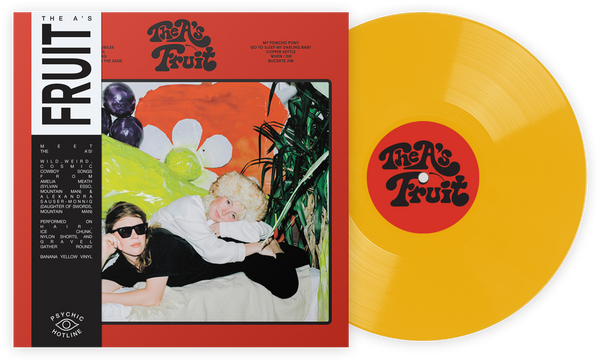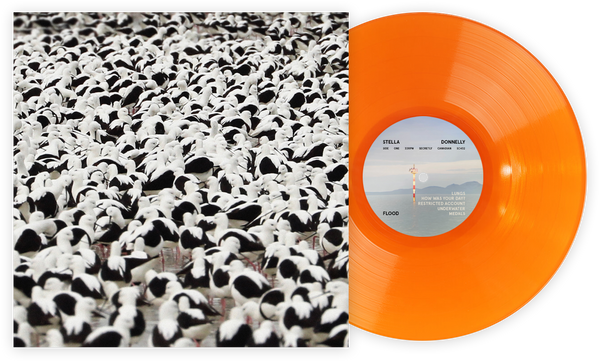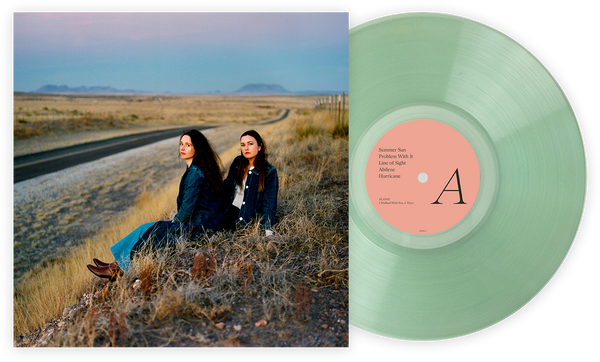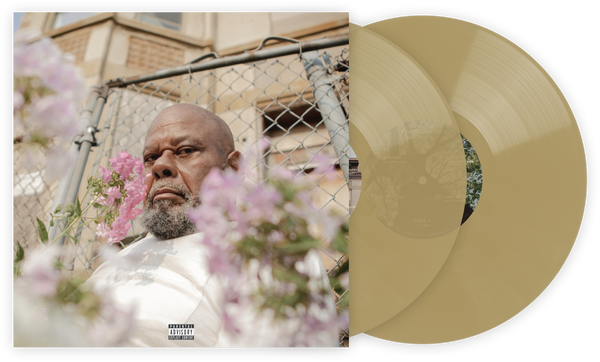“We live in space. We are the outcome of the relationship between each other and the space.” — Luca Guadagnino
There’s an esoteric emotion to driving down an empty highway with the windows down as the smell of dusk sneaks its way into your car and the sun sets besides you or sitting on a summer’s day on a green lawn observing your surroundings, all while listening to a song that makes the mood feel lucky. There are films that succeed in conveying these meditative moments onto a screen, making them feel tangible. They often utilize long takes and dimensionality that allow us to enjoy the colors, composition, lighting and sounds. When these films have scores or soundtracks that align with the space shown within the composition, all five senses are awakened by only focusing on two, and that’s when we forget that we’re sitting in a dark room full of strangers and start exploring their worlds.
Spatialism, an art movement founded by the artist Lucio Fontana, sought to synthesize color, sound, space, movement and time into a new type of art. Fontana said, “I do not want to make a painting; I want to open up space, create a new dimension, tie in the cosmos, as it endlessly expands beyond the confining plane of the picture.” Some artists can only attempt to synthesize of all these into one outside of cinema. However, there’s still no greater feeling than being completely absorbed into a good film.
The following films utilize the space by harmonizing music and image to pull us deeper into their storytelling. In Robert Irwin’s book, A Conditional Art, he says, “Every day I experience a series of things which surpass any art I’ve known. They are not held to any particular being, and sometimes — in fact, most often — they last only a moment. Their continuation is in the fact that in a while I will experience another. Each of these perceptant phenomena is not made of one thing, but rather complicated overlap, interactive whole — sometimes the convergent parts of many separate wholes.” These films utilize a musical soundtrack to remind us of short-lived, beautiful moments.
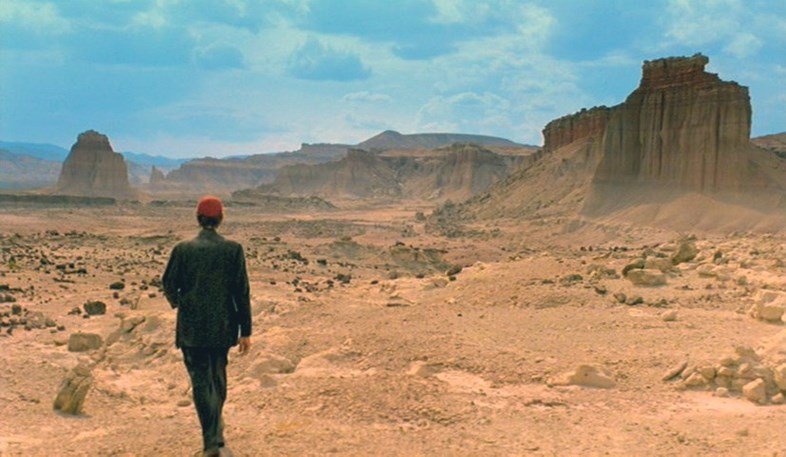
Paris, Texas
"The thrill of combining music and images really pushed me to continue more with the storytelling process," director Wim Wenders said. Wenders perfected this combination in his 1984 film, Paris, Texas. The film opens with the vastness of tans and blue skies in the deserts of Texas with the protagonist, Travis, wandering in a red baseball cap all alone with a gallon of water. Accompanying the wide open land is “Paris, Texas” by Ry Cooder, a minimal blues slide guitar song. Each note is spread out, vibrating through the space in between and resonating through the landscape we see, echoing Travis’ loneliness. Both Cooder and Wenders make it clear, we’re not here to escape the reality of our everyday lives and emotions, but rather to delve in.
For the first 26 minutes of the film, Travis remains silent; the heart-tearing guitar music that pairs off with Harry Dean Stanton’s face tells us a story of its own. Throughout the film, there is an abundance of silence. The blues guitar slowly enters when the mood feels right, going unnoticed as it pulls us in deeper to experience Travis’ emotions as he’s lost and searching for something he isn’t quite sure he’s looking for. The imagery is filled with blues and reds in empty western landscapes, echoing the music’s sense of loss and frustration.

Woman In The Dunes
Another film that envelops you in frustration is Japanese director Hiroshi Teshigahara’s existential film retelling of the Sisyphus myth, Woman in the Dunes, scored by the Japanese composer Toru Takemitsu. Niki, an entomologist, finds himself trapped with a woman inside a giant hole within Sand Dunes in Japan after he was offered a place to stay for the night by some villagers who led him down with a rope ladder. The woman feeds him then proceeds to dig out sand after engaging in friendly conversation. She digs, fills up bags of sand and sends it up to the villagers until dawn.
The next morning he wakes up to find the ladder is suddenly gone and a screeching chord hits. Attempts to climb the sand only brings down more. The music makes the space in which the character finds himself feel much tighter and puts the weight of needing to escape upon the viewer.
Most of the two-and-a-half hours of the film is silent; the music only plays for maybe a collective 20 minutes. Each time the sand unpredictably cascades down with beautiful close-up textured shots of the layered sand, the music plays and the distorted sounds of drones, strings, flutes and harps layer and complement the imagery, creating a build-up of suspense.

Call Me By Your Name
Space represents so much more than just a location in all of Luca Guadagnino’s films — it’s especially obvious in “Call Me By Your Name”: the space between the characters, the space they find themselves in, the space they need and the space we’re given as viewers. The film places us in a northern Italian landscape witnessing the secret romance between Oliver and Elio. We can’t speak. We can’t judge. We can only sit and appreciate the feeling of growing enamoured with another.
“I think space is a character in my movie. Whether it’s Italy or any other place. I tend to make sure that you as an audience can experience the journey of a character in his physicality and not only in his emotional journey. How do you understand someone if you cannot put in context the figure to the landscape?” Guadagnino has said. Sufjan Stevens’ music is also an added character to the film. It places the weight of the emotions Elio experienced throughout his summer on the audience during the last scene of the film where Elio is crying in front of the fireplace. Timothée Chalamet was listening to Stevens’ “Visions of Gideon” through an earpiece as the scene was filmed.
The melancholic music is a huge part of the representation of the space we see between Oliver and Elio through the camera’s composition. “Later,” says Oliver as he rides off, leaving Elio alone after giving him a tour of Crema. At that moment we hear Andre Laplante’s “Une Barque Sur L’océan from Miroirs” for the first time; from here on out it plays every time they’re apart as we long to see Oliver and Elio together. The fluid notes fill the distance and create a subtle desire for Oliver within the audience.
The music in “Call Me By Your Name” enhances the feeling of picking a ripe peach and biting into it, of seeing the breeze hit the leaves of a tree, of jumping into a cold river in the middle of the night, all while falling in love. When life feels exciting and time feels irrelevant.
There are still so many more films out there we could talk about that feature composers such as Brian Eno, Ryuichi Sakamoto and Angelo Badalamenti, who have created scores that prove cinema has the power to take two senses and activate all five. As Sakamoto has said, “Why do I want to play much slower than before? Because I wanted to hear the resonance. I want to have less notes and more spaces. Spaces, not silence. Space is resonant, is still ringing. I want to enjoy that resonance, to hear it growing, then the next sound, and the next note or harmony can come. That’s exactly what I want.”
Alex Gallegos is the Social Media Manager at Vinyl Me, Please. Her hobbies include distance running, meticulously dissecting films and watching videos of famous pugs on Instagram.
Related Articles
Join the Club!
Join Now, Starting at $44Exclusive 15% Off for Teachers, Students, Military members, Healthcare professionals & First Responders - Get Verified!




